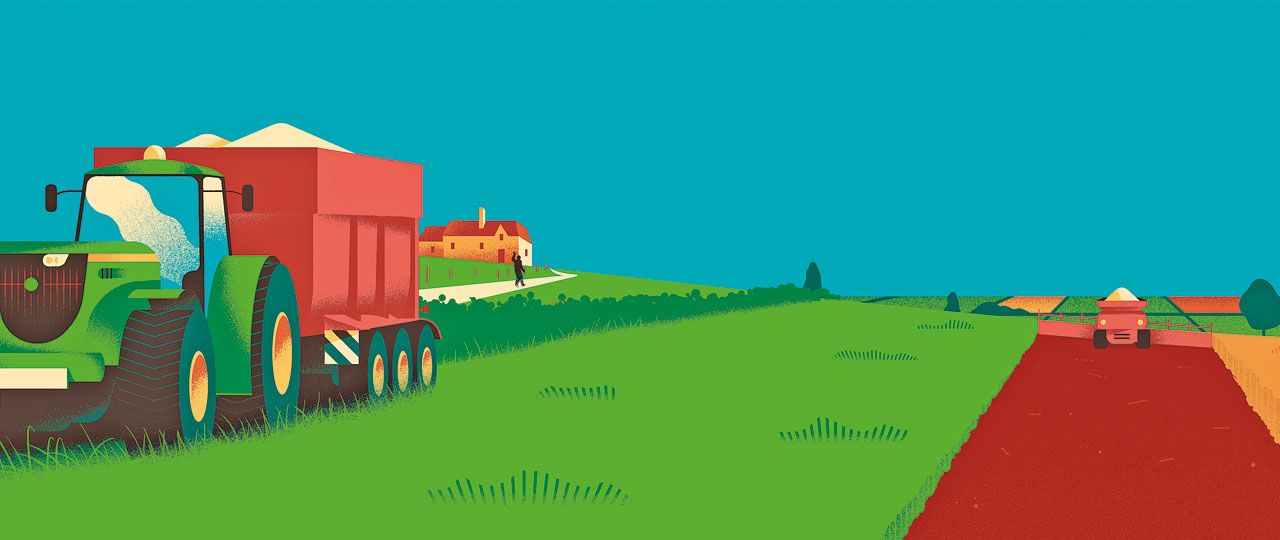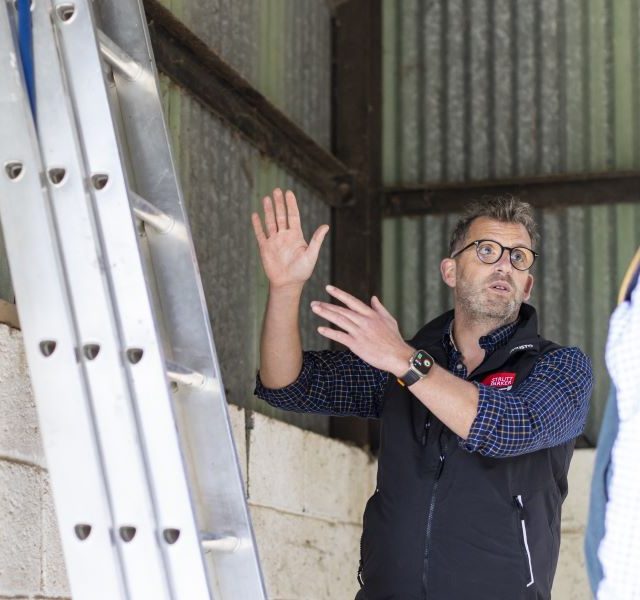Five ways to make fixed cost savings on arable farms
Identifying where there are opportunities for farm businesses to improve profitability by further reducing their fixed costs can be simpler than many arable farmers anticipate.
Farm benchmarking work recently carried out by Strutt & Parker shows that the total labour and power costs on top-performing units is under £300/ha, while it can be almost double that on the highest-cost farms.
This suggests that there is scope to reduce fixed costs on many holdings by £100/ha or more.
It is often possible to find areas where savings can be found without the need to go forensically through the business accounts.
Five ways arable farmers may be able to achieve cost savings are:
1) Match machine capacity to farm size
A good indication of the right size of combine required can be obtained by dividing the number of hectares harvested by the header width in metres.
A farm with a well-utilised combine will cut some 70ha per metre of header width, with a 10m header managing at least 700ha.
2) Explore less-intensive cultivation options
Fuel-intensive operations – such as ploughing and subsoiling – are costly both in terms of time and money.
Rather than adopting a blanket approach, growers should consider carrying them out only where agronomically justified, such as to alleviate compaction or control blackgrass.
3) Share machinery to spread costs
Sharing machinery with a neighbouring farm spreads the costs over a larger area and doesn’t have to involve a complicated joint venture.
Machinery can often simply be shared on an informal basis and any cost differences because of relative usage invoiced between the two businesses.
4) Consider the costs of ownership
Our research found that one in eight farms using their own machinery would be better off using contractors for more expensive field operations.
Ways to reduce the costs of owned machines can include keeping them for longer – but farmers need a skilled workforce to keep down repair and servicing costs.
5) Recruit and retain the best labour
Making costs savings on labour is more difficult and employing the cheapest labour can be false economy as any cost savings can be lost in reduced yields.
The priority should be recruiting the best staff and looking after them to maximise their productivity.
This is an abridged form of an article that appears on page 28 & 29 in the Spring/Summer 2019 issue of Land Business magazine.
Download a copy of Spring/Summer Land Business magazine for further detail of where costs savings might be found on arable farms.






